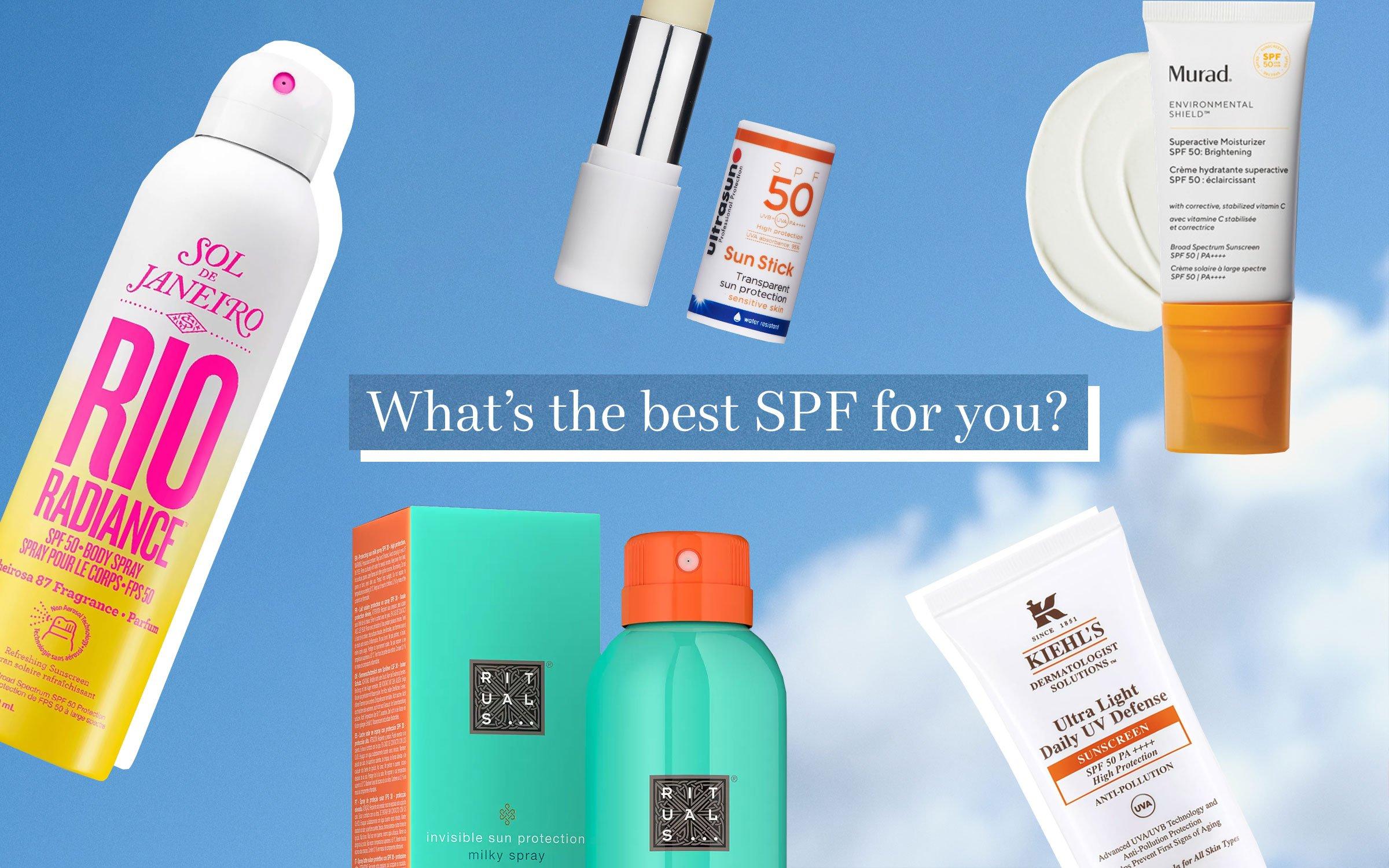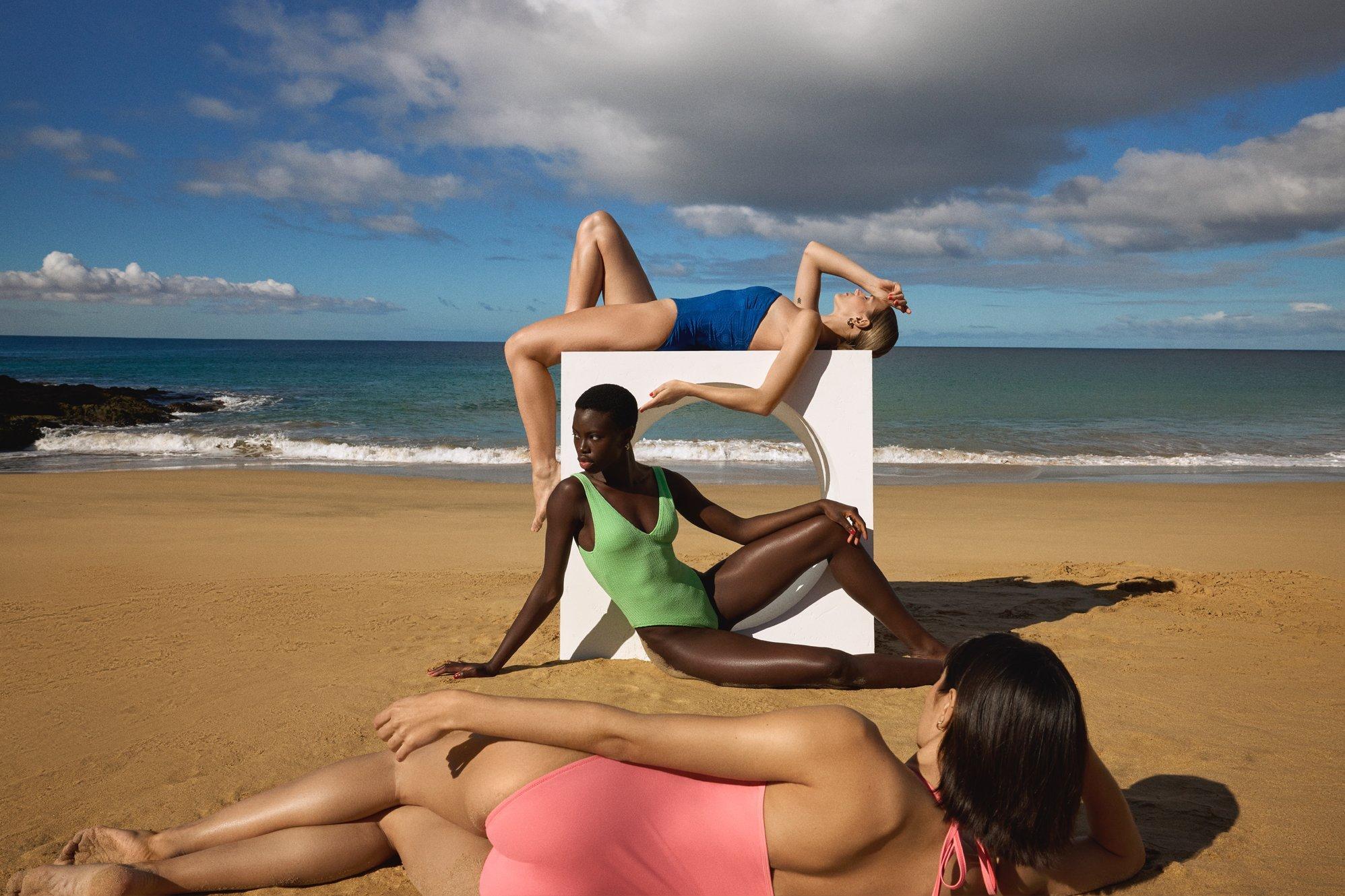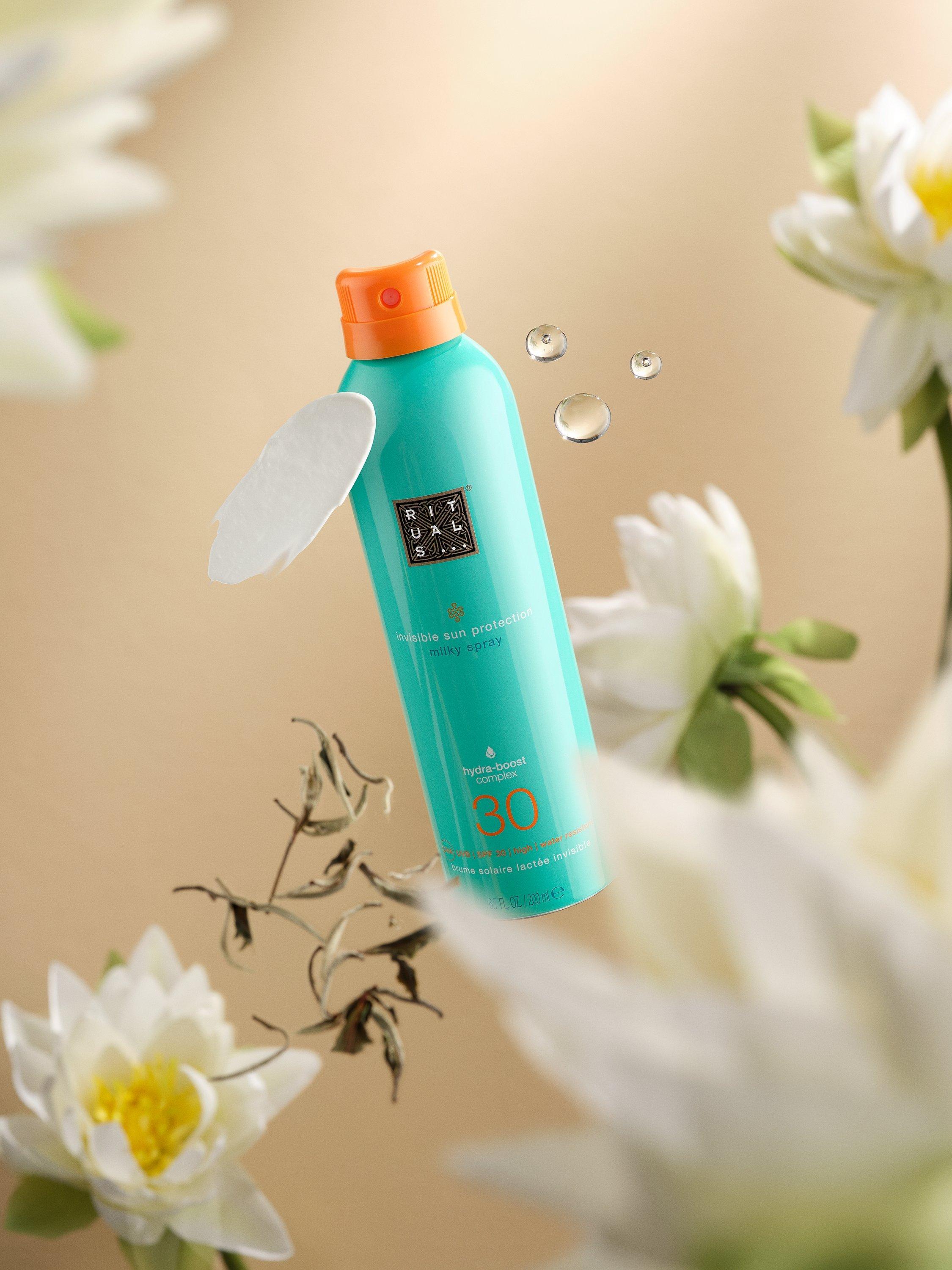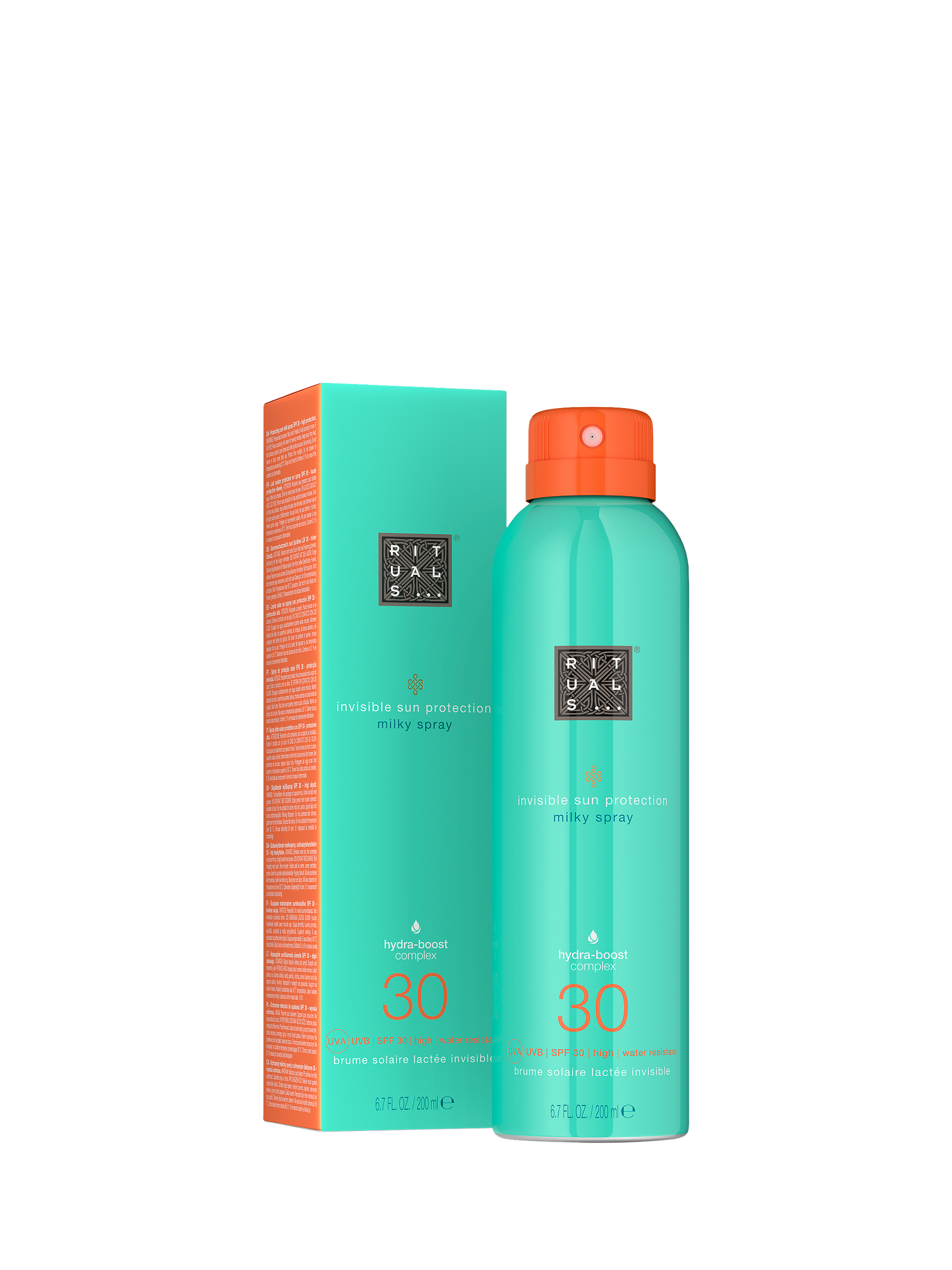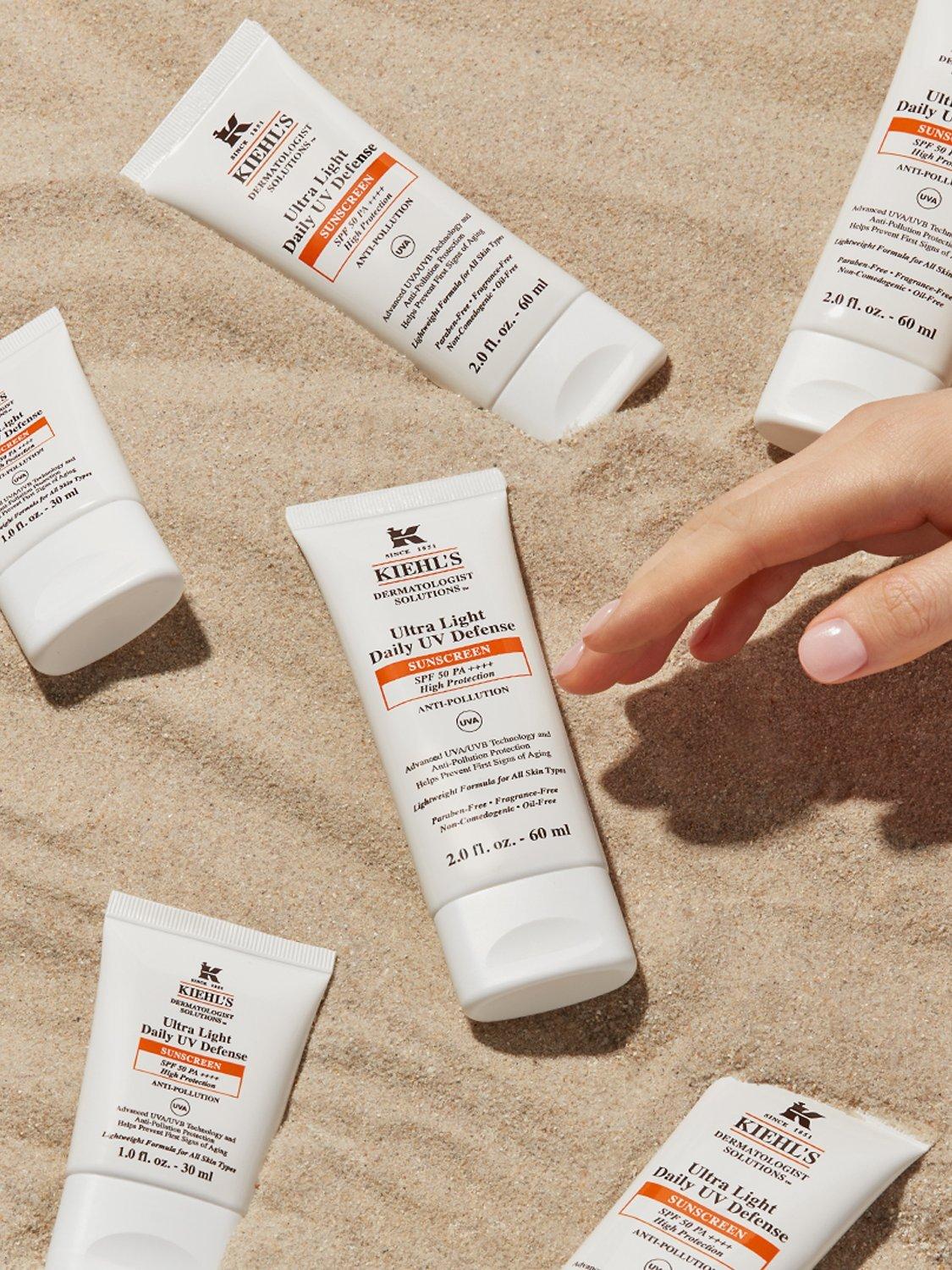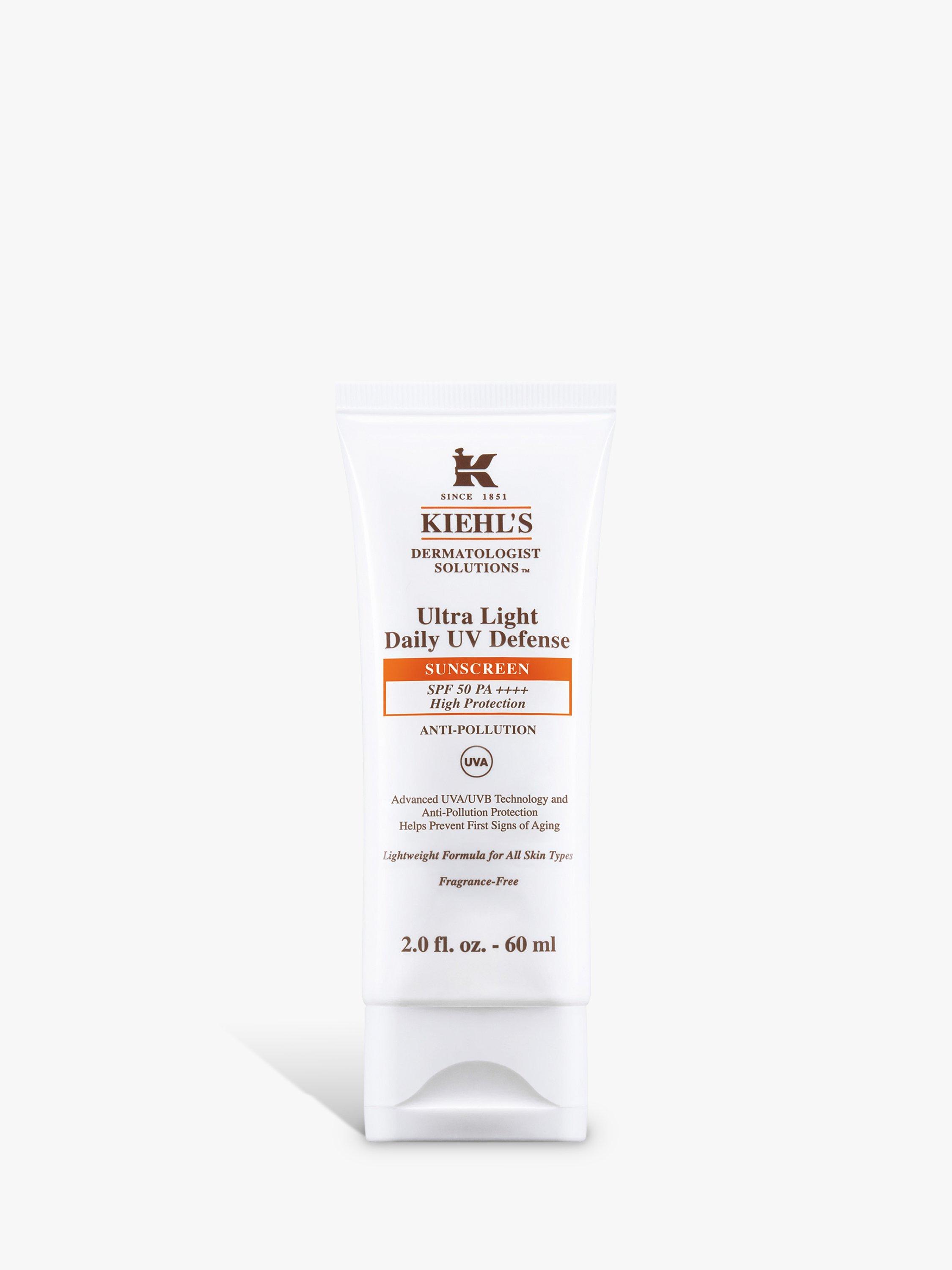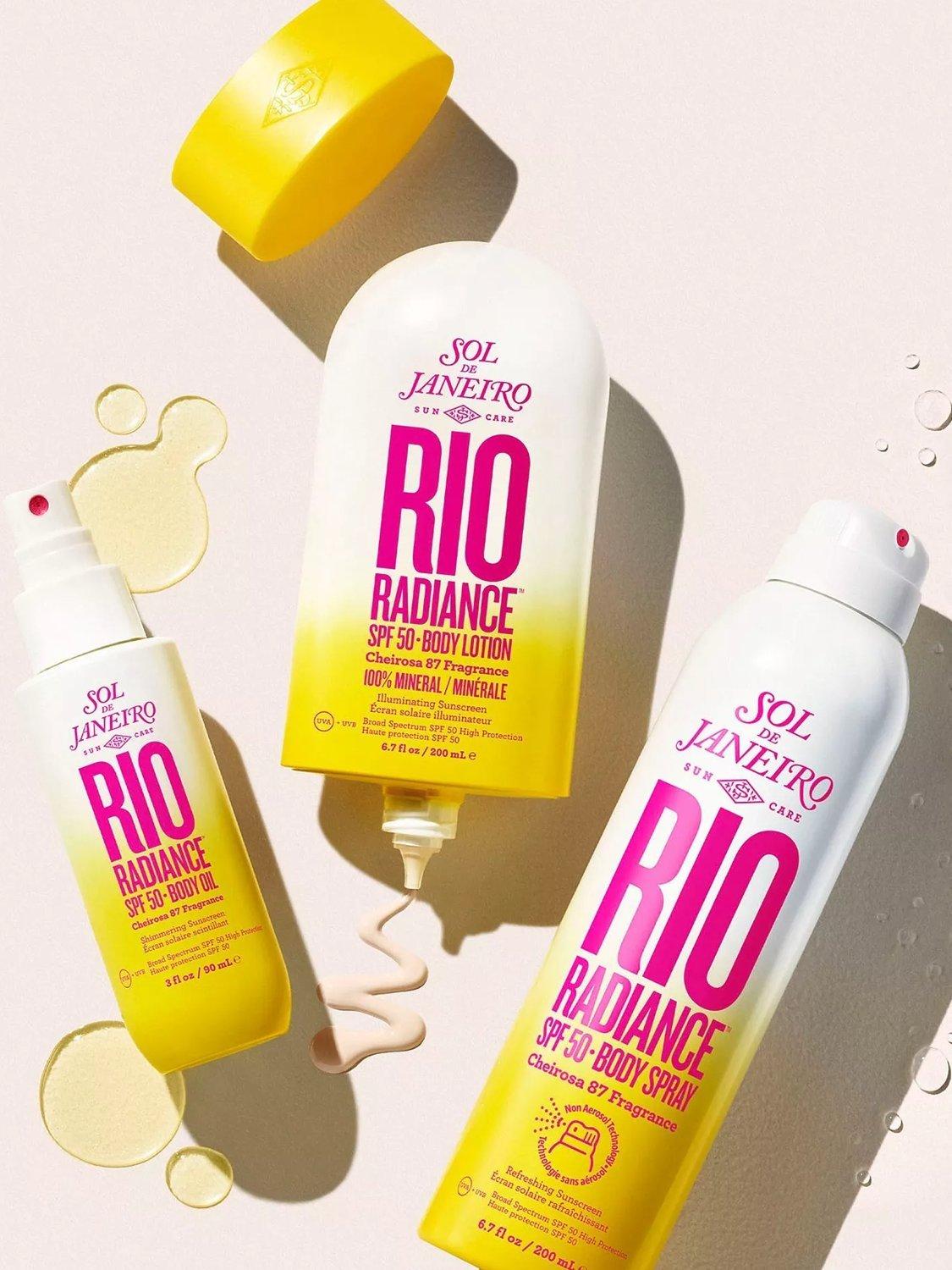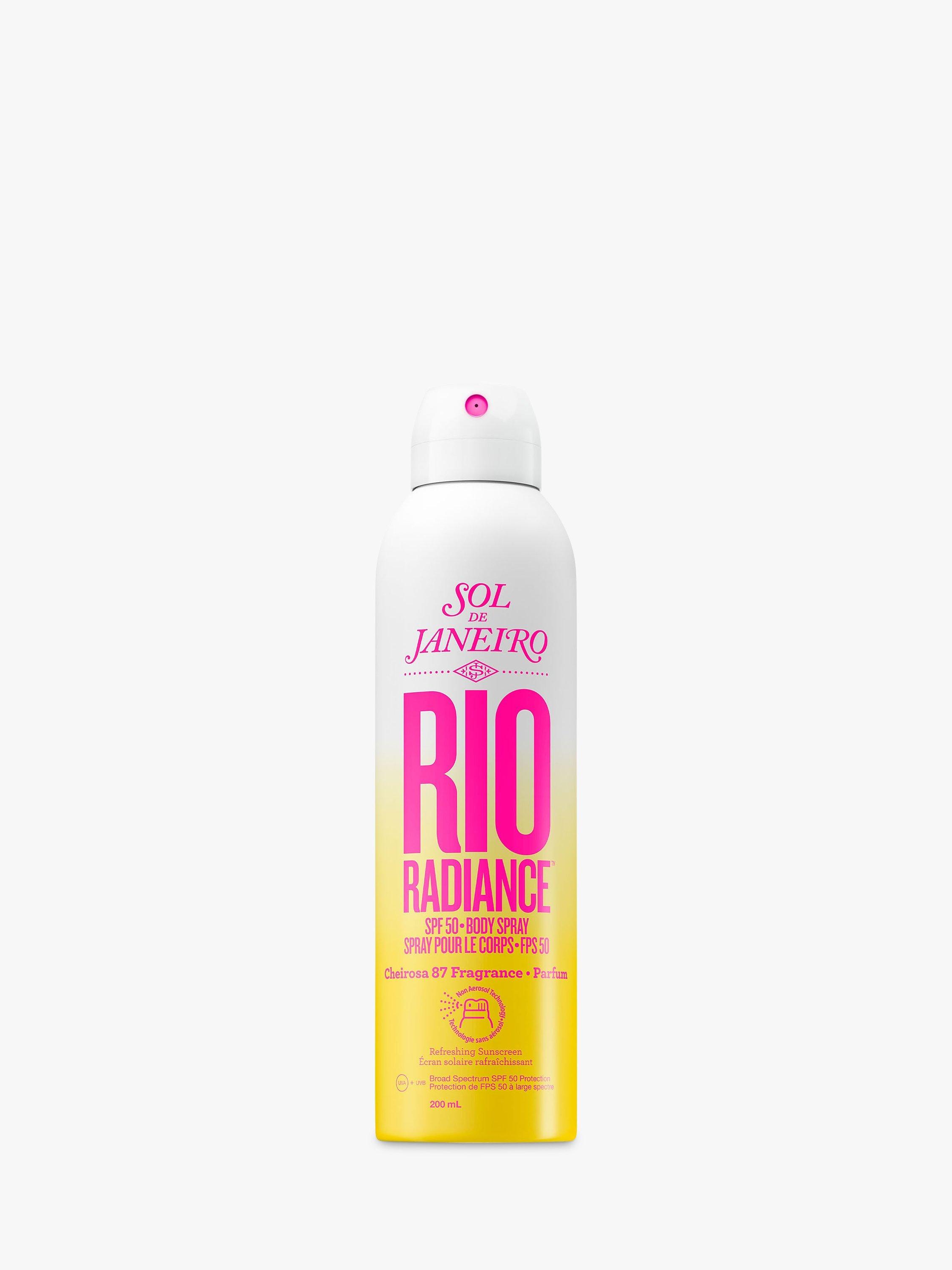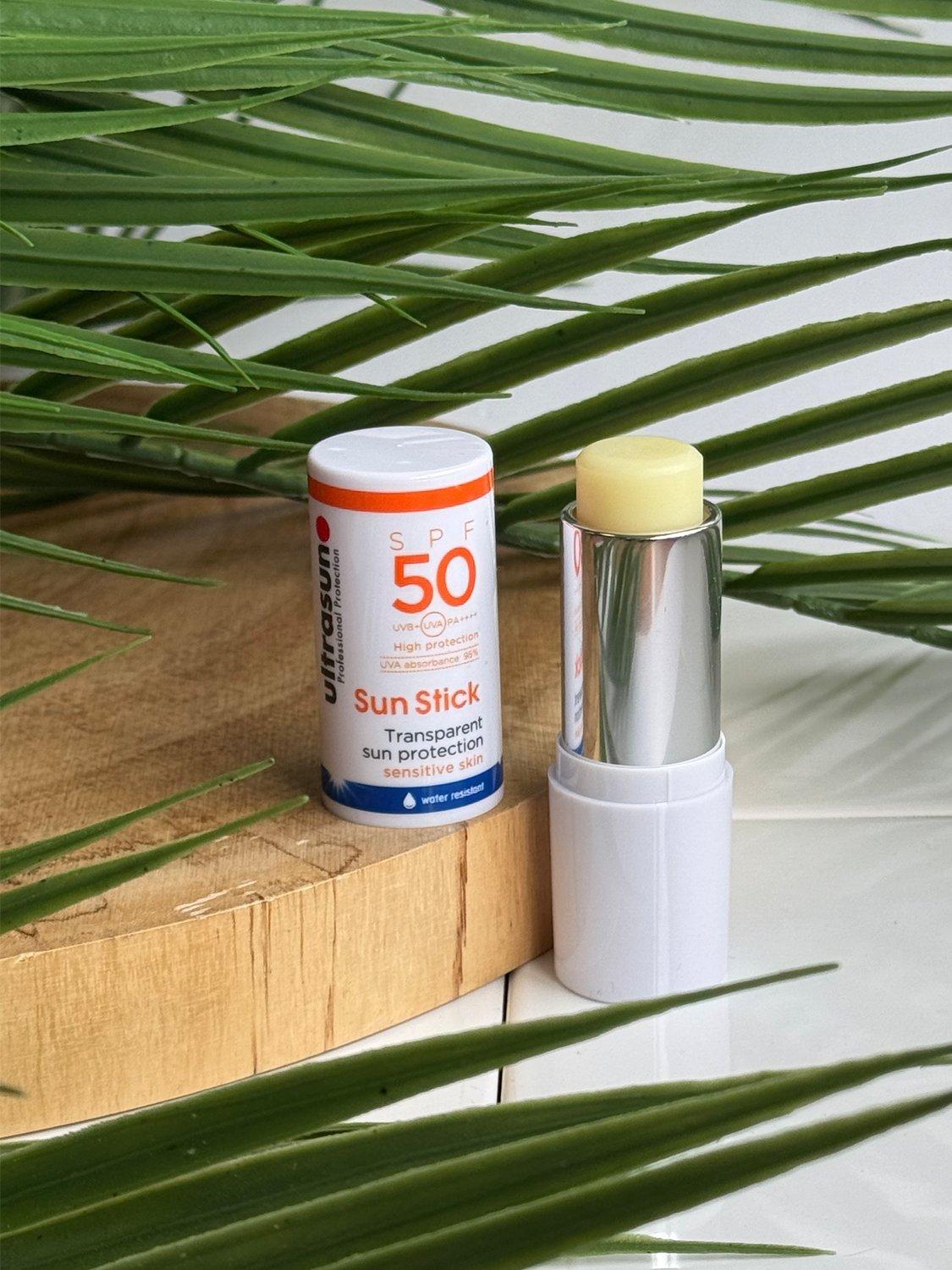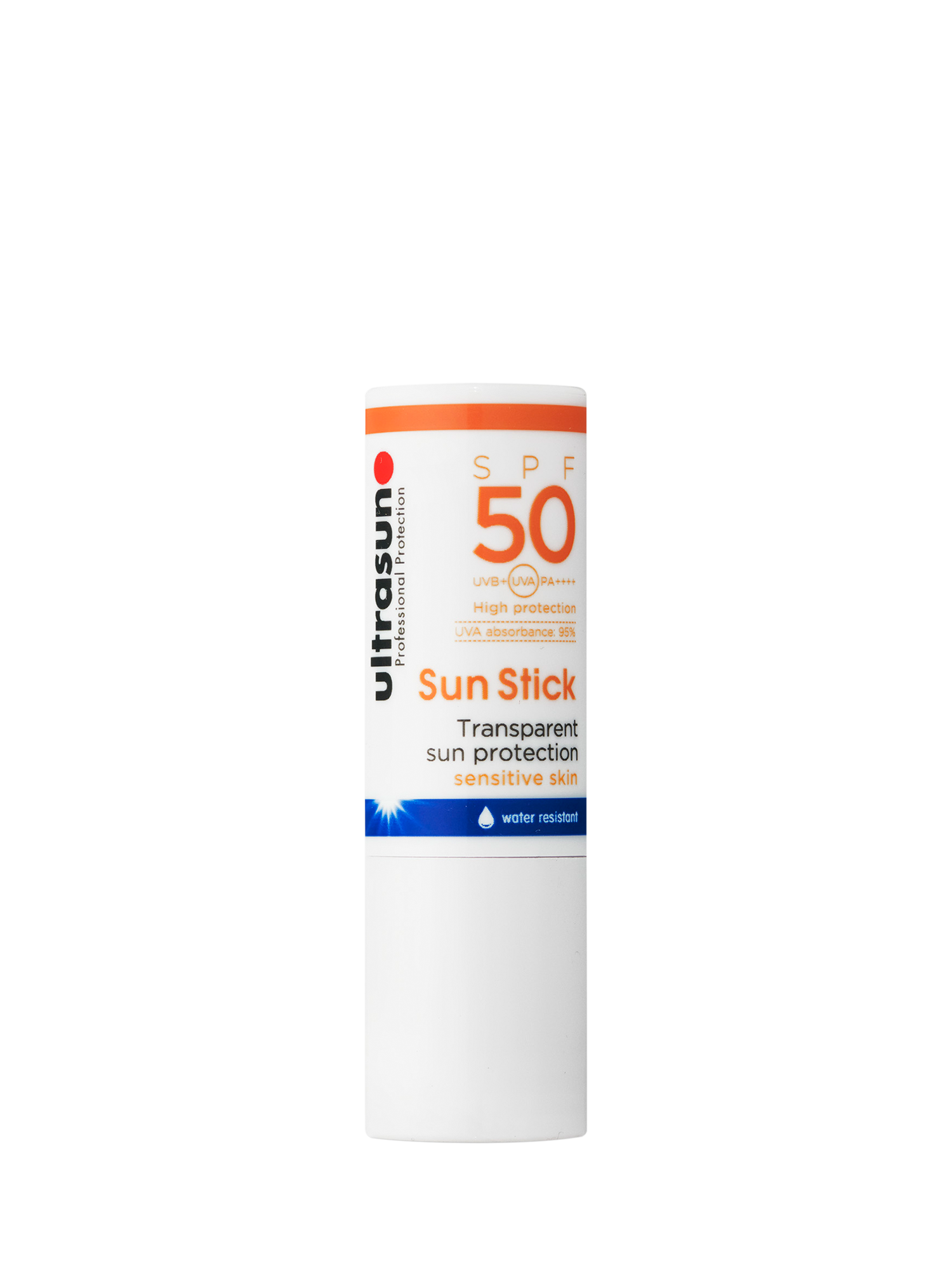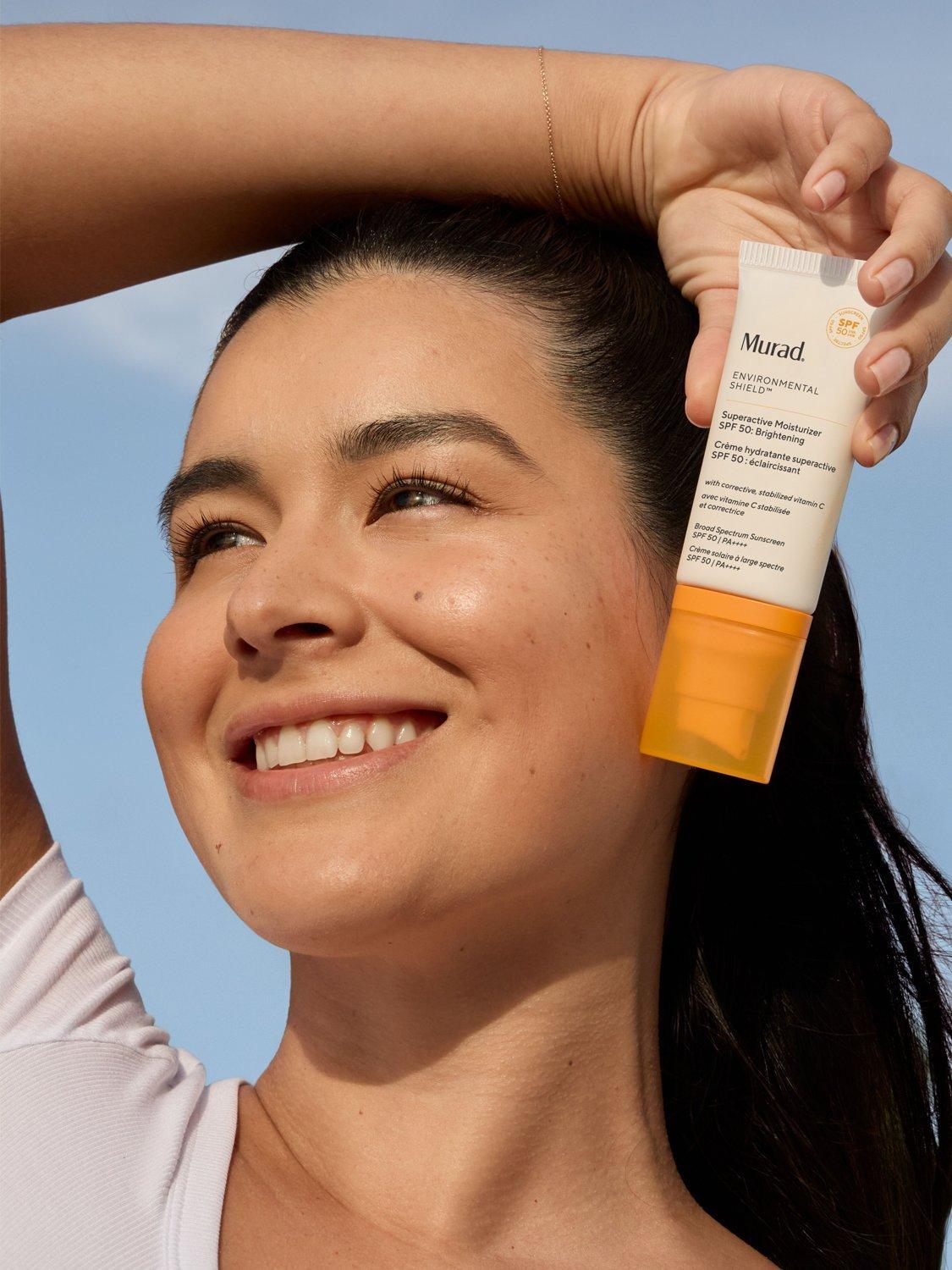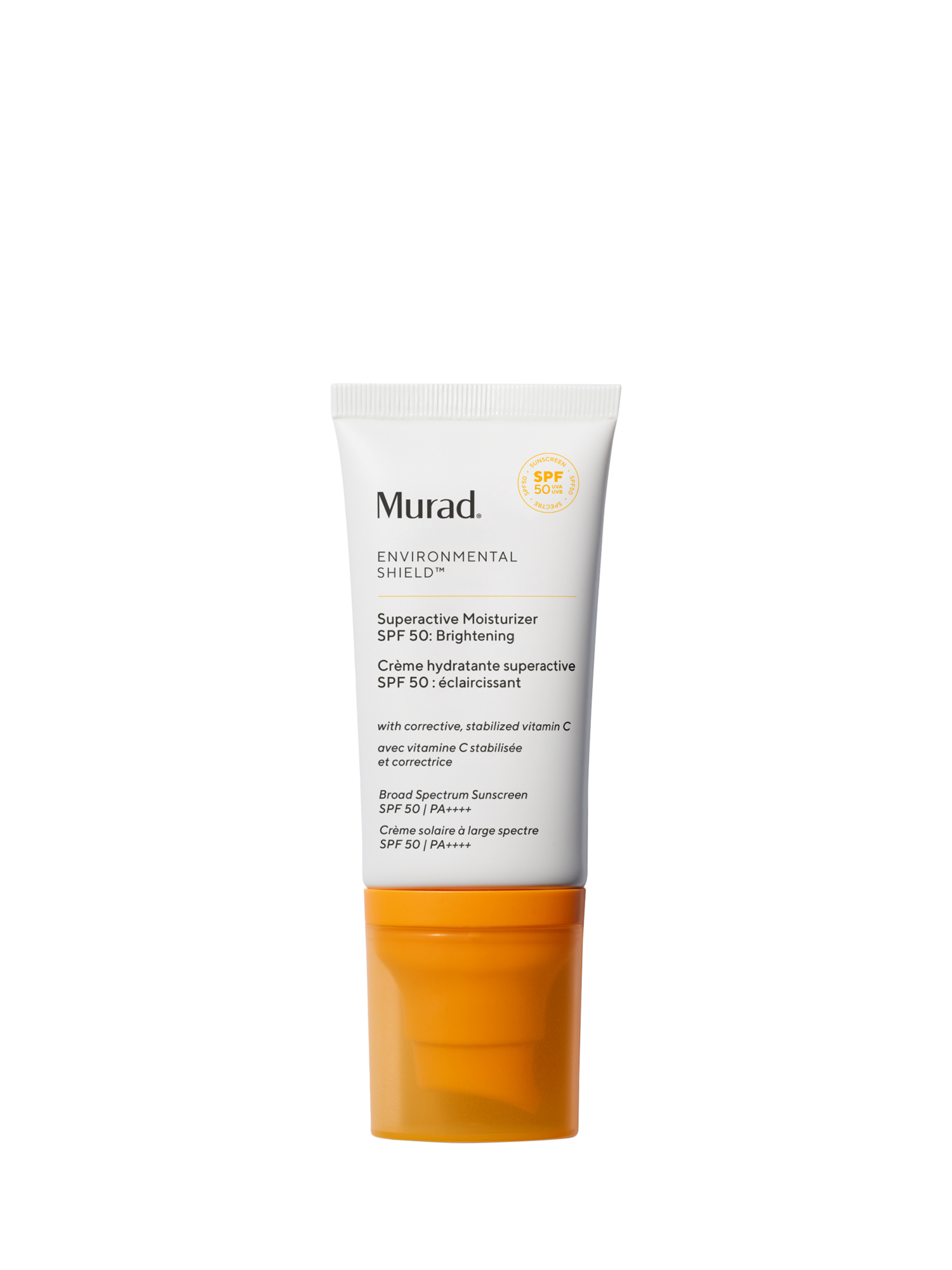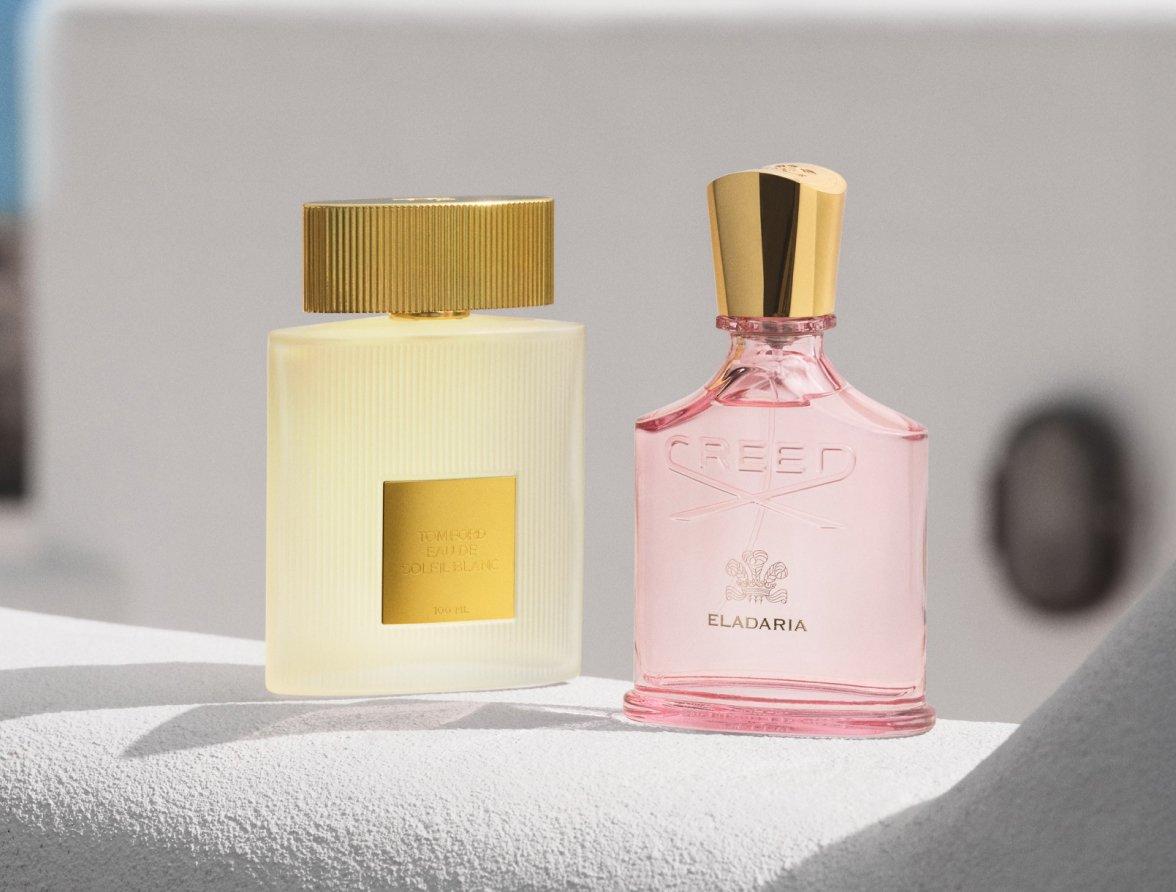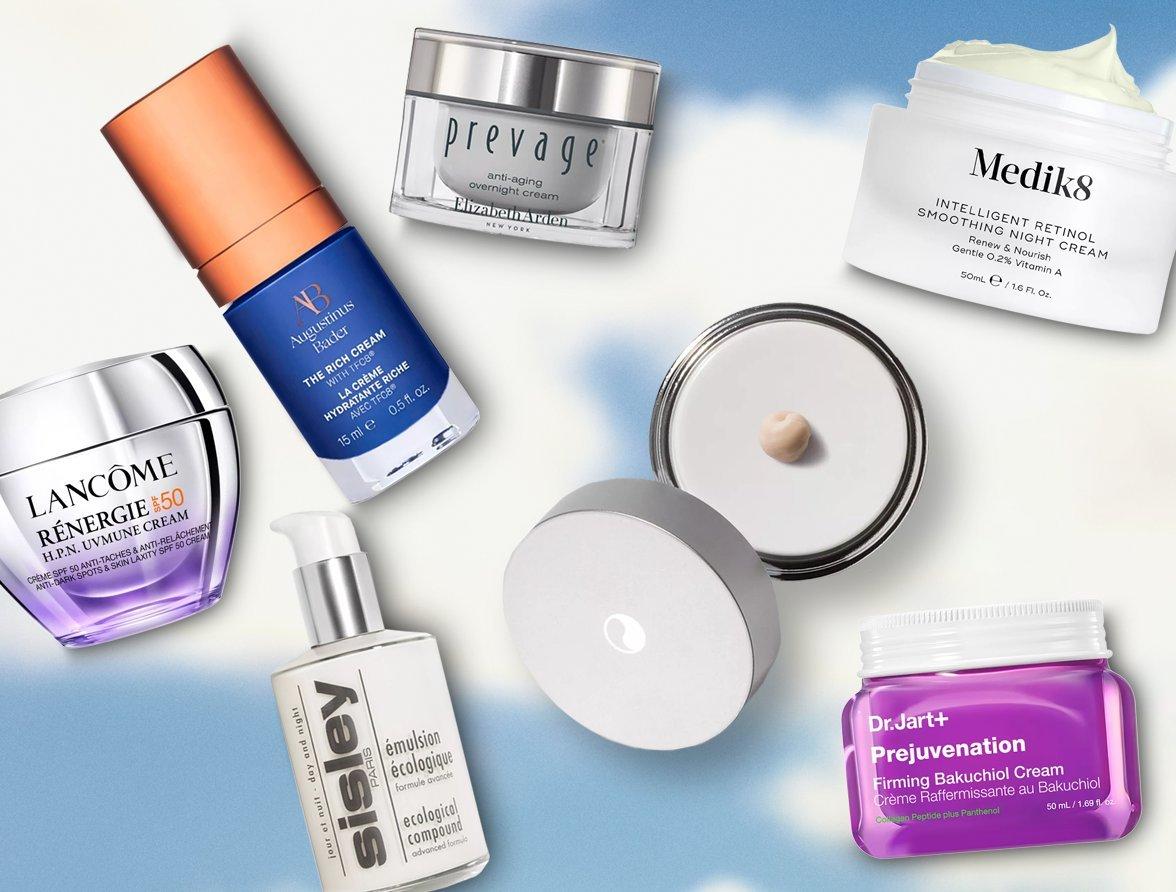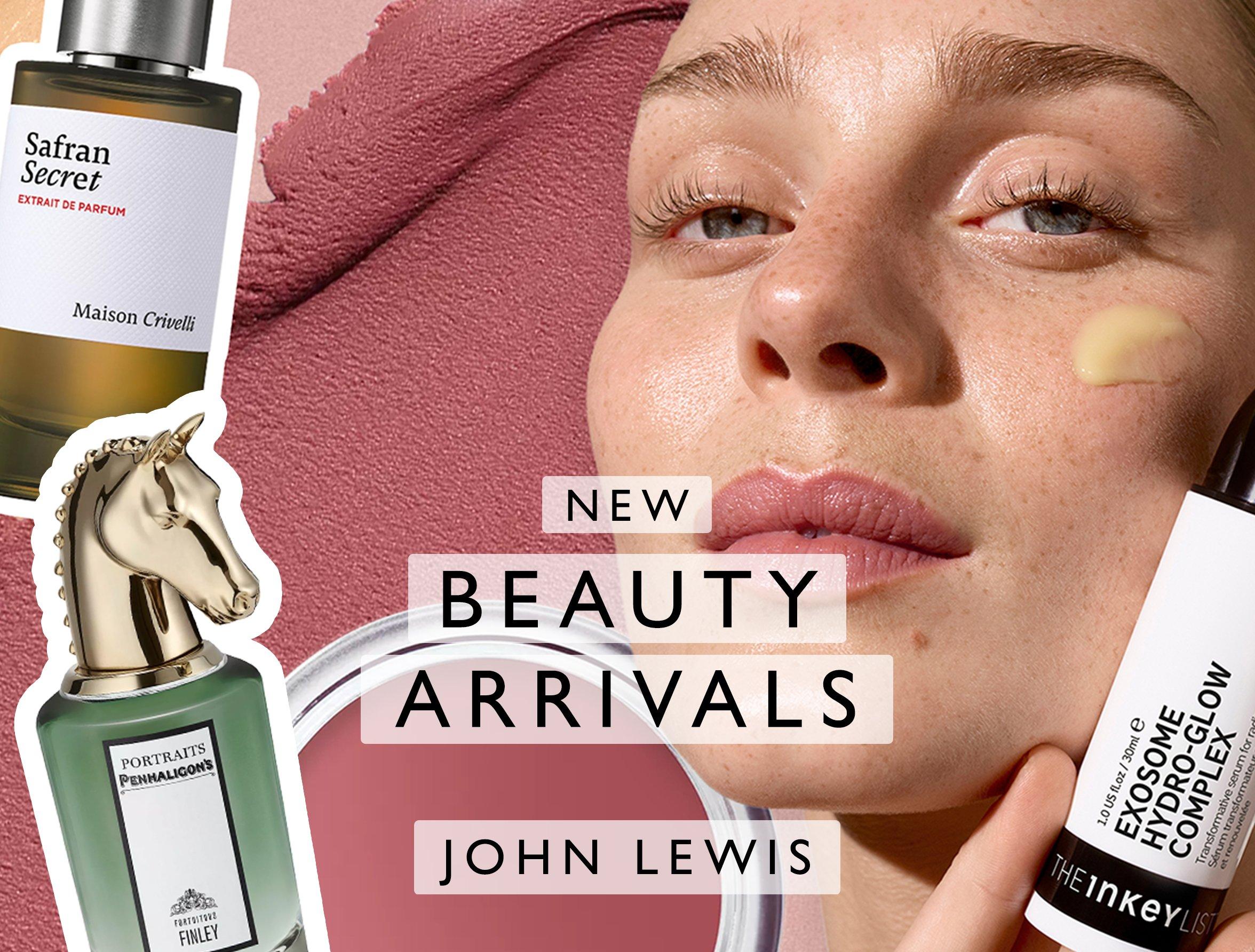Beauty Tips & Inspiration
Sun protection, solved – from the best suncreen to when to apply, how much and where
There’s a fine line between sun-kissed and sun-singed. And so, whatever the weather – rain or shine – SPF is a non-negotiable in any skincare routine. You can spend a fortune on moisturiser, but it won’t make a real difference if you don’t use it alongside an effective SPF, every single day.
While studies show that natural sunlight can improve serotonin levels, lower blood pressure and help strengthen bones, there is no such thing as a ‘safe’ tan. Even though we know that our skin needs protection, it’s easy to get befuddled by the array of factors, acronyms and star-ratings attributed to sunscreens. If you need a little help getting to grips with this, as well as when to use SPF, how much to use and how often, scroll on.
What’s the difference between UVA and UVB?
Both UVA and UVB rays harm the skin but, as the effects they have are a little different, it’s important that you’re protected against both (hence ‘broad-spectrum’ sunscreen). Think of UVA as the ageing rays and UVB as the burning ones.
UVA are the deepest penetrating and most ageing ultraviolet rays. Due to their shorter wavelengths, UVB rays aren’t able to penetrate the skin as deeply, but they do more damage to the surface layers and are the cause of most skin cancers.
How high an SPF should I use?
The sun protection factor (SPF) is the measure of how many times longer a sunscreen will protect you from UVB (and only UVB) rays compared to if you weren’t wearing any at all.
However, it's important to note that a sunscreen with an SPF of 30 is not twice as effective as one with an SPF of 15. In fact, SPF 15 filters about 93 per cent of UVB rays, SPF 30 filters 97 per cent and SPF 50 filters 98 per cent. Even if you were to layer all of these factors on top of each other, you would never achieve 100-per-cent coverage.
Are there different factors for different skin tones?
No. All skin types burn and all need a broad-spectrum, high-SPF sunscreen.
What’s the difference between physical and chemical sunscreen?
Physical sunscreens (or UV reflectors) block the sun’s rays on the surface of the skin, while chemical sunscreens (or UV absorbers) absorb into the skin, where they convert the sun’s rays into heat and then release them.
Don’t get too bogged down in the word ‘chemical’, as all sunscreens – even ‘chemical-free’ or physical sunscreens, which contain titanium dioxides and zinc oxides – feature some form of chemicals in their formula.
In general, chemical sunscreens tend to be best for tanning, while physical sunscreens benefit those with sensitive skin and rosacea as they deflect heat from the sun’s energy away from the skin.
How much SPF should I use?
For the face SPF is the final layer in your skincare routine – apply two fingers’ worth (enough for face, neck, décolletage and hands) and wait 60 seconds for it to fix before doing your makeup.
For the body you’ll need about one teaspoon of SPF for each of your arms, two for your legs and two for your torso (front and back).
Apply 30 minutes before sun exposure and reapply every two hours.
Location matters
Did you know that UV rays reflect off sand and sea foam, making them more potent? Try to limit sun exposure between 11am and 4pm, and add some antioxidant insurance in the form of a vitamin C serum, which can be layered under your SPF to help neutralise damaging UV rays.
The final sunscreen rule? Reapply, reapply, reapply! Every two hours as standard, and also immediately after swimming.
5 best sunscreens for 2025: your guide to radiant and protected skin
The best body SPF
Rituals’ The Ritual of Karma Invisible Sun Protection Milky Spray
Rituals products are a joy to use. With a formula as luxurious and hydrating as it is protective, the brand’s Milky Spray SPF 30 is no exception. Bonus points for being invisible, lightweight, fast-absorbing and non-sticky. And we love the clever design – there’s no cap, just a lockable spray nozzle that can be switched between open and closed. When it comes to ingredients, this superstar is infused with vitamin E, white tea and lotus flower, plus Rituals’ deeply moisturising Hydra-Boost Complex which contains squalane, aloe vera and algae (known to help soothe dehydrated skin and restore suppleness). So you really are protecting and nourishing your skin while enjoying the sun.
The best city-living SPF
Kiehl’s Dermatologist Solutions Ultra Light Daily UV Defence SPF 50 PA ++++
Kiehl’s is one of the most respected skincare brands out there, so you know its facial SPF is going to be 10/10. This daily moisturiser provides all-day hydration, absorbs quickly and leaves a comfortable, non-greasy finish. But what really sets it apart is the advanced UVA/UVB technology and pollution protection – this helps defend from external aggressors, protecting skin against wrinkles, sun spots and rough texture. Ideal for urban living, it’s lightweight and enjoyable to put on – its matte finish means your other half will almost certainly steal it. Finally, it’s suitable for all skin types, including sensitive. We highly recommend.
The best-smelling SPF
Sol de Janeiro’s Rio Radiance Body Spray SPF 50
There’s something so refreshing about a spray sun cream when you’re feeling the heat, not least because they are just as protective as lotions when used correctly. Sol de Janeiro has mastered the natural (and non-sticky) sheen, and we love that the SPF 50 is packed with hydrating, skin-loving ingredients. But truly, the best part is the scent – the brand’s Cheirosa 87. Notes of coconut milk, florals, vanilla and amber instantly unlock holiday mode. Trust us when we say it’s made for the beach.
The best stick SPF
Ultrasun’s Sun Stick SPF 50
SPF sticks are growing in popularity as they offer mess-free application and are easy to apply on the go. When it comes to trusted ingredients and protection, the Swiss professional’s new Sun Stick SPF 50 is unmatched. Transparent and non-sticky, it offers 95-per-cent UVA protection and UVB protection for all skin types (even the most sensitive). It is particularly useful for protecting hard-to-reach areas (such as ears), can be used under makeup as a protective primer, and is handy for those travelling liquid-free. It’s (quite literally) a solid pick, so don’t leave home without it.
The best face SPF
Murad’s Superactive Moisturiser SPF 50: Brightening
Minimise the steps in your skincare routine with Murad’s new 3-in-1 hero. Firstly it brightens (that's the vitamin C), then moisturises and finally protects (it's SPF50). The new skincare staple is powered by 10 times more vitamin C than the previous formula, which means it delivers brighter skin after one use, while also helping prevent sun spots and visibly fade existing dark spots. It’s intensely moisturising and yet extremely lightweight – it melts into the skin without clogging pores and there’s no white cast. Ideal for balanced, oily, dry and combination skin, this wonder product gives an instant glowy finish that lasts all day.

